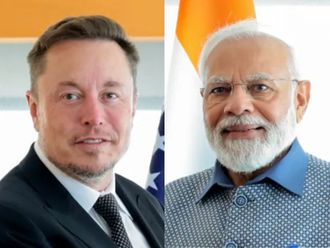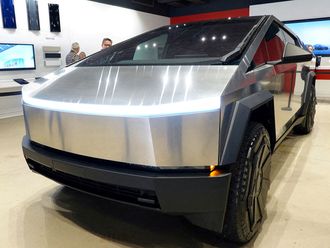
Most of today’s corporate and marketing strategy is based on Michael Porter’s concept of building “sustainable competitive advantage”.
This is based on the idea that building a unique and un-duplicable strength within the company’s sphere of operations would lead to corporate success — the advantage could be built via cost leadership, differentiating features or benefits, innovation in product development or operational excellence.
However, in a recent and acclaimed book, Columbia Business School’s professor Rita Gunther McGrath proclaimed the “End of competitive advantage”. She argues that in today’s fast moving world, any competitive advantage is, at best, transient — sooner rather than later, competitors will catch on and will be able to deliver the same product or service in a faster and cheaper manner.
In this world of transient advantage, what can corporates do to stay ahead of the game? A few tips that could help organisations rethink their strategy paradigms:
* Compete in arenas, not industries
Very often strategy is defined on the basis of the industry the organisation operates in. Competition is viewed only from the lens of that particular industry, ignoring the fact that competition could come in from elsewhere as well.
A classic example of this is railroads, which lost out to airlines because they defined their competitive space as ‘railways’ rather than ‘transportation’. More recently, competition to airlines that cater to business travellers not only comes from budget carriers but also from video conferencing service providers. Therefore, when defining one’s competitive space, one must understand the core need that one is trying to address, rather than have a narrow industry-specific focus.
* Build a culture of continuous innovation
As any advantage gets replicated soon by competitors, the productive life cycle of innovations is getting shorter and shorter. Hence, companies need to have a continuous cycle of innovation, so that there is always new news on the horizon. Take the mobile phone industry as an example — this is evident in the case of Apple where the gap between the launch of new iPhone models is getting shorter.
* Co-create rather than just create
In the past, manufacturers created products based on their understanding of what consumers need. However, this process tends to ignore consumer needs that are not very obvious or difficult to articulate. Hence, organisations need to invest in a process of co-creation, based on deep ethnographic understanding of their consumers, something that FMCG majors like Unilever and P&G have been doing quite consciously.
* Aim for disruptive efficiencies
The old adage of “If it ain’t broke, why fix it?” does not apply in today’s world anymore. Companies need to minutely examine their processes, product-lines and work streams and either cut-out or outsource processes that can be more efficiently managed by external vendors.
Examples of these are when an FMCG company cuts down on SKUs (stock keeping unit) that are not large volume contributors (based on shopping patterns) or a large government organisation uses external cloud providers for data storage and retrieval.
* Time is the new currency
In many parts of the world, including much of the GCC, consumers are “cash-rich but time-poor” — i.e., they buy products or services not only because of the intrinsic value offered, but also on the ease of doing business with that particular organisation. This has implications for businesses that have traditionally relied on brick-and-mortar infrastructure. In a time-starved environment, consumers will increasingly access brands and services via handheld devices, and companies that are not ready for this shift, will lose out. A case in point is the growth of virtual banks like First Direct in the US, a model that will no doubt gain acceptance in other parts of the world soon.
While competitive advantage still remains important, the transient nature of the same in today’s landscape needs to perhaps form the crux of many a boardroom discussion, and radical changes need to be made in corporate strategy in order to compete effectively.
— The writer is the CEO of AMRB, a Dubai-based research consultancy.












